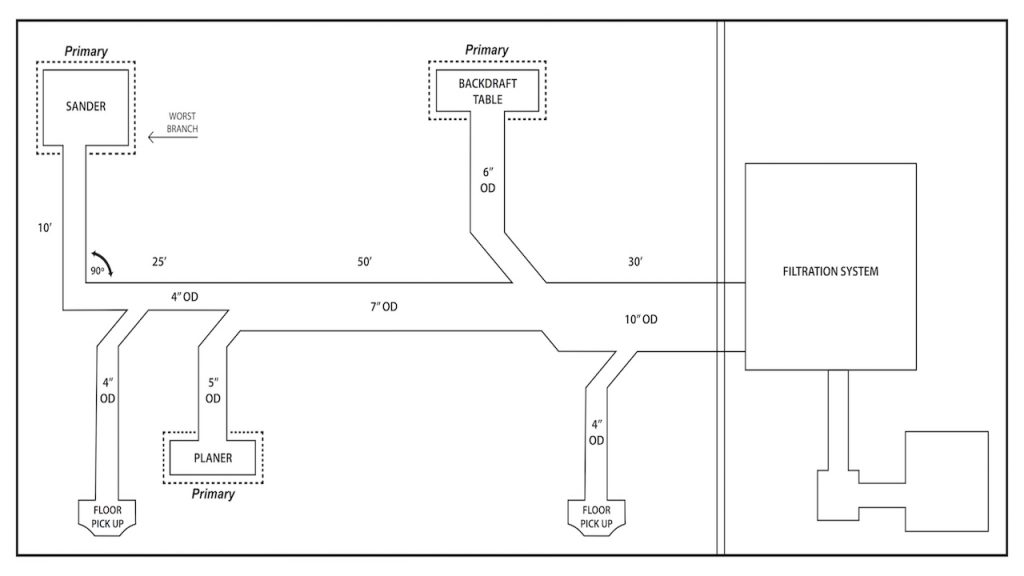Why Use Experienced Baghouse Technicians for Your Next Filter Replacement
While many facilities often choose to install replacement filters using in-house labor, usually to keep costs down, it is not always the best idea to simply assume that using in-house labor is the best option. Here’s why relying solely on your maintenance staff for baghouse filter installation may not be the best option.
The Risks of Using In-House Labor

Improperly installing the bags (not sealing them correctly, improper tension, etc.) can lead to leaks and early failure of the bags
When workers without specialized training attempt to service a baghouse, several issues can arise. For example, filter bags, particularly those with PTFE membranes, are fragile and require careful handling. Untrained personnel can easily damage the bags during installation, leading to early failure or leaks. Furthermore, incorrect installation techniques, such as failing to properly seal the bags or applying incorrect tension, can result in compromised system performance and costly downtime.
In addition to potential damage, in-house workers might not be familiar with the unique safety hazards associated with baghouses. This can lead to injuries, further increasing costs for the facility.
Efficiency Concerns
Even if the installation is completed without incident, it usually takes much longer for in-house labor to replace filters compared to a trained baghouse service team. Experienced technicians understand the design and operation of various baghouse types and can perform replacements safely and efficiently. When in-house teams handle filter changeouts, it often leads to delays, increased labor costs, and extended facility downtime. These delays are especially costly when mistakes are made during installation, requiring additional resources later to fix the problems.
For instance, one facility chose to have its regular maintenance workers replace filters in 18 compartments, each containing 200 reverse-air filters with springs and chains. The in-house team took an average of three days to replace the filters in one compartment, often making mistakes like improperly sealed bags or incorrect tension. In contrast, a professional crew completed the same work in just four compartments per day while also addressing additional maintenance tasks such as scraping rust scale from walls and performing leak tests.
Benefits of Hiring Professional Baghouse Technicians

Professional crews are trained to recognize underlying problems that may go unnoticed by in-house teams, such as broken supports of blowpipes, as seen here
Hiring expert Baghouse.com technicians can save facilities time, money, and resources. Professional crews are trained to recognize underlying problems that may go unnoticed by in-house teams, such as warped metal, failing welds, moisture issues, and abrasion damage. These early detections can prevent more serious issues down the line.
Conclusion
While using in-house labor to install baghouse filters may appear to be a cost-effective solution, the risks of improper installation, safety hazards, and inefficiencies can quickly outweigh any potential savings. In many cases, outsourcing this task to professionals pays for itself through increased efficiency and reduced risk.
Ready for your next filter changeout?
Would you like a quote on filters and cages, along with the changeout service?
















